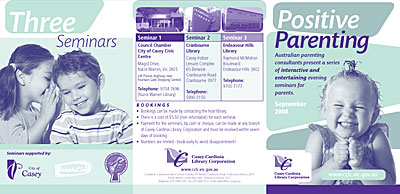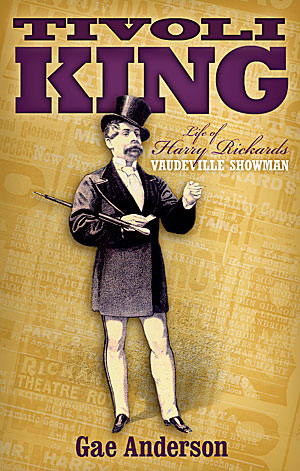This discouraged author recounts his publishing and promotional experiences:
The distribution and sales for the book have been disappointing. Maybe it had something to do with the subject matter or the title. Everyone has found the book easy to read, very informative and thought provoking.
I have more useful hints about what not to do than what to do. I tried many ways to get the book into the market place. After my publisher's unsuccessful attempt to get the major distributors interested, I followed the rest of their advice almost exactly as they had suggested with the exception that I did not do a book launch. From my attendance at a number of book launches and with trying to set one up for myself I concluded that they are simply not worth the time, effort or expense. They seem to be more of an ego trip for the author and the publisher without any chance of getting to the mass market. In my experience, very few books seem to get sold as the result of a launch – maybe 100 at most without any follow on sales.



